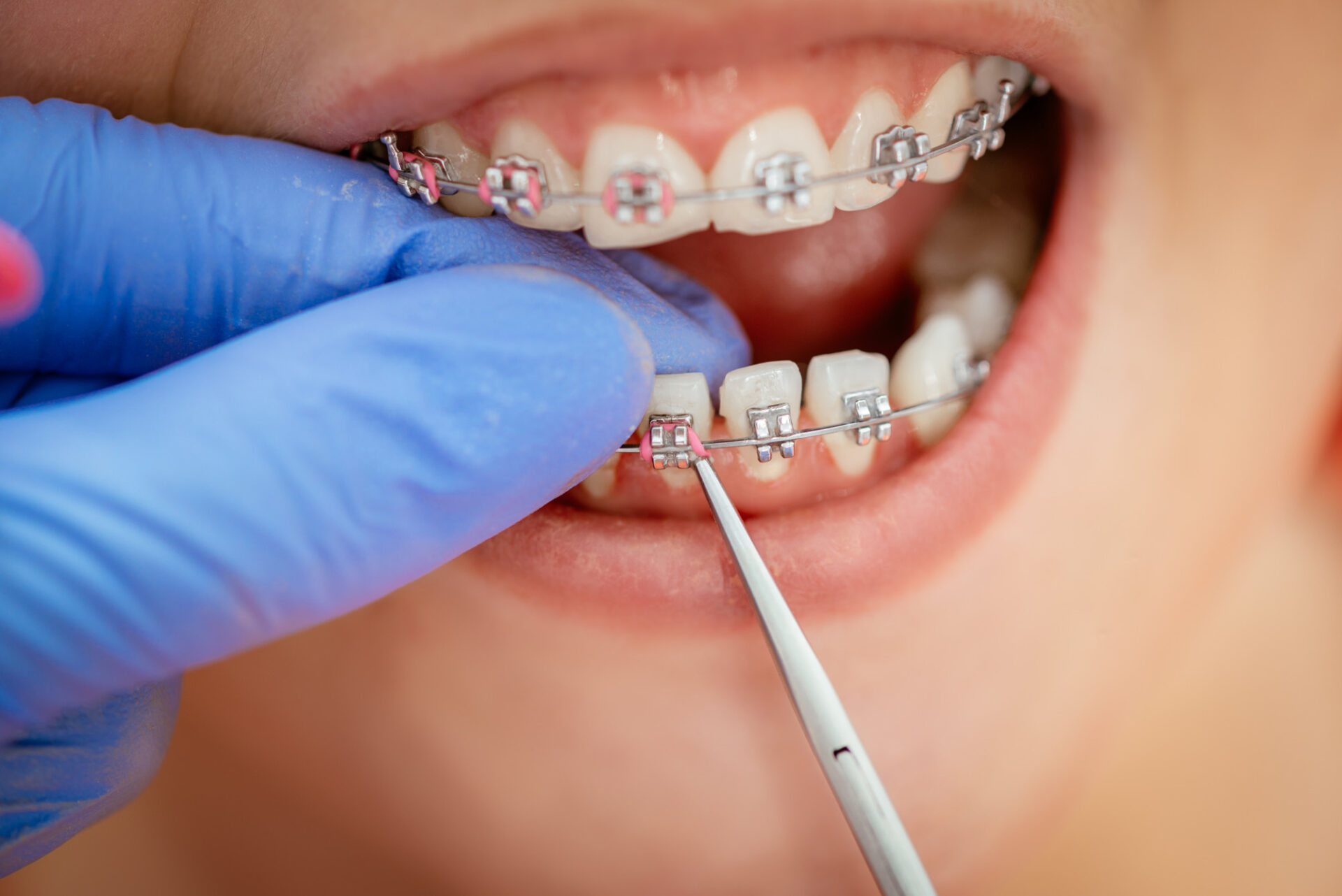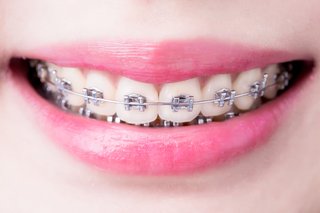Comprehensive Overview to Orthodontics Procedures for Correcting Dental Imbalances
Recognizing the ins and outs of each treatment, including their systems, advantages, and prospective disadvantages, is important in making informed decisions about one's orthodontic therapy. As we browse with the extensive guide to orthodontic treatments for correcting oral misalignments, the elaborate details of each method will certainly unravel, dropping light on the course towards a unified and functional oral alignment.
Orthodontic Procedures Overview

Normal adjustments and tracking are crucial components of orthodontic treatment to make certain progress is on track and to make any required adjustments along the method. By going through orthodontic procedures, individuals can not only achieve a straighter smile but likewise boost their overall oral wellness and function.
Traditional Braces: Exactly How They Function
When thinking about orthodontic therapies for dental imbalances, traditional braces stand out as a time-tested approach for remedying teeth positioning. Typical braces contain braces, wires, and bands that interact to use continual pressure on the teeth, progressively moving them right into the wanted positioning. The brackets are affixed to the teeth utilizing a special adhesive, and the cables are threaded through the brackets. By readjusting the tension of the cords, orthodontists can manage the instructions and force used to each tooth, directing them right into appropriate placement in time.
As stress is used to the teeth via the braces, the bone bordering the teeth is improved to sustain the brand-new tooth placements. Patients will certainly need routine modifications at the orthodontist's workplace to make sure the dental braces proceed to apply the right pressure for efficient teeth motion.
Undetectable Aligners: Disadvantages and pros
Undetectable aligners use a practical and discreet alternative to conventional braces for correcting oral imbalances. These clear, personalized trays are basically unseen when put on, making them an attractive choice for individuals seeking a more aesthetically pleasing orthodontic therapy. Among the primary advantages of unseen aligners is their removability, enabling much easier maintenance of oral health contrasted to conventional braces. People can eliminate the aligners before eating or cleaning their teeth, reducing the risk of food obtaining stuck in the appliance and streamlining the cleansing process.

Surgical Orthodontic Options
Surgical interventions in orthodontics present click for more info viable options for dealing with complicated oral imbalances that might not be properly settled through conventional orthodontic therapies. While traditional dental braces and invisible aligners can deal with several orthodontic concerns, particular instances call for medical treatment to accomplish ideal results. Surgical orthodontic options are typically advised for extreme malocclusions, substantial jaw inconsistencies, and situations where the underlying bone structure requires alteration to accomplish appropriate alignment.
One common medical orthodontic treatment is orthognathic surgery, which entails rearranging the jaws to remedy functional concerns such as difficulty chewing or talking. This surgical procedure is typically carried out in collaboration with an orthodontist that assists align the teeth prior to and after the procedure. Surgical orthodontics might likewise involve treatments to expose affected teeth, eliminate excess periodontal cells, or reshape the jawbone to produce a much more unified face profile.
Prior to taking into consideration medical orthodontic choices, individuals undergo a detailed analysis to figure out the requirement and prospective benefits of such interventions. orthodontics. While surgical treatment might appear challenging, it can considerably boost both the function and visual appeals of the smile in situations where conventional orthodontic therapies fail
Retainers and Post-Treatment Treatment

Post-treatment care includes adhering to the orthodontist's guidelines faithfully. This might consist of proper oral hygiene methods, participating in follow-up consultations, and wearing the retainers as prescribed. Failure to comply with post-treatment treatment guidelines can result in relapse, where the teeth gradually return towards their initial settings. Regular retainer wear, excellent dental hygiene, and normal oral exams are important for preserving the outcomes achieved through orthodontic surgical procedure and ensuring the lasting security of the corrected dental alignment.
Final Thought
To conclude, orthodontic procedures offer numerous alternatives for remedying dental misalignments. Traditional dental braces make use of metal brackets and cords to move teeth into correct placement. Undetectable aligners offer a more very discreet option but might not be ideal for all situations. Surgical orthodontic alternatives are readily available for much more extreme misalignments. Retainers are generally utilized post-treatment to maintain the brand-new alignment. On the whole, orthodontic treatments can effectively improve oral health and wellness and aesthetic look.
As we browse via the detailed overview to orthodontic procedures for remedying dental imbalances, the intricate information of each approach will unravel, losing light on the path toward a unified and functional oral positioning. - cumming invisalign
One of the most common orthodontic treatments is the usage of dental braces, which consist of metal brackets and cords that apply mild pressure to progressively shift teeth into the wanted placement.When thinking about orthodontic therapies for oral imbalances, traditional braces stand out as a tried and true approach for dealing with teeth positioning. In addition, unnoticeable aligners may not be appropriate for intricate orthodontic issues that call for even more significant teeth movement, as they are generally advised for moderate to modest cases. Retainers are customized orthodontic gadgets created to hold teeth in their remedied placements after the completion of orthodontic treatment.
 Tiffany Trump Then & Now!
Tiffany Trump Then & Now! Barbi Benton Then & Now!
Barbi Benton Then & Now! Earvin Johnson III Then & Now!
Earvin Johnson III Then & Now! Dolly Parton Then & Now!
Dolly Parton Then & Now! Katey Sagal Then & Now!
Katey Sagal Then & Now!